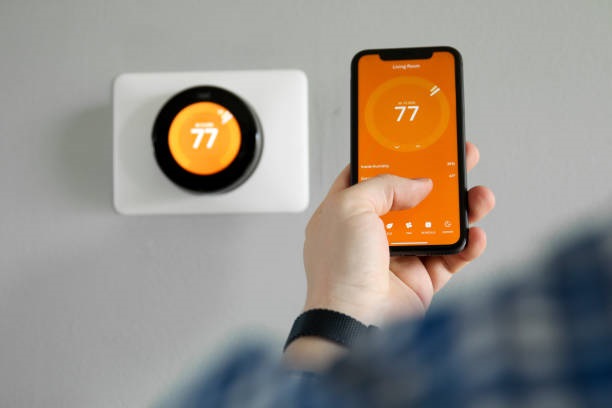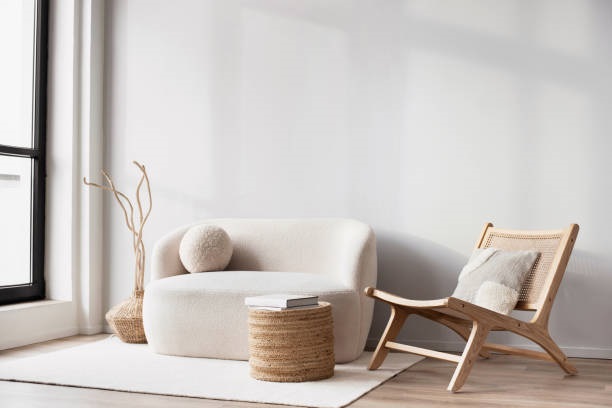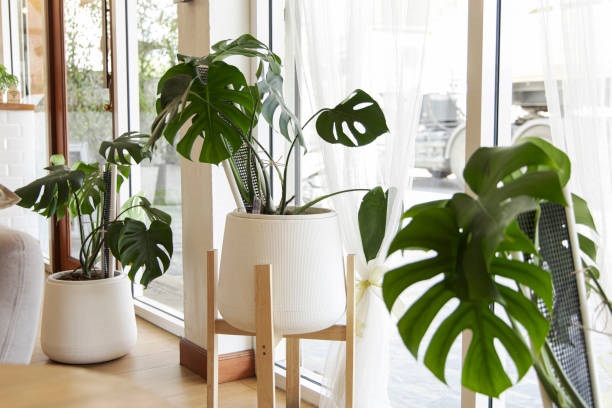
Smart homes have grown in popularity due to technological advancements and shifting lifestyle demands. People value convenience, energy efficiency, and automation, but also want to live in spaces that reflect personal taste and style.
Balancing innovation with design creates homes that feel comfortable yet cutting-edge. Voice-controlled devices, automated lighting, and energy-saving systems blend effortlessly with décor when chosen with care.
However, adopting smart technology may require initial investments and some learning curve, which can be a challenge for those less tech-savvy or with limited budgets.
Incorporating tech into design begins with early planning. This ensures devices are integrated seamlessly without clashing with the interior’s overall aesthetic. Strategic placement avoids visual clutter and enhances functionality.
Hidden wiring, recessed screens, and custom cabinetry for gadgets help maintain a clean, stylish look. Using finishes that match furniture or wall colors allows devices to blend effortlessly.
On the downside, designing with technology in mind might limit flexibility in rearranging spaces later, as certain devices may be built into specific locations.
Manufacturers now offer devices with sleek, minimalist designs to match various décor styles. Speakers, thermostats, and cameras come in colors and finishes that complement modern or classic interiors.
Smart mirrors, ambient lighting, and artistic air purifiers add function without compromising beauty. Choosing devices with customizable features ensures they adapt to evolving design trends.
Still, aesthetically pleasing gadgets often come at a higher price, which may deter budget-conscious homeowners from fully embracing this approach.
Smart lighting systems offer adjustable brightness, color temperature, and scheduling options. They can create cozy atmospheres for relaxation or bright settings for productivity with a simple command.
Incorporating stylish fixtures ensures the lighting system enhances both the mood and visual appeal of the space. Combining statement chandeliers with hidden LED strips adds layered elegance.
Yet, complex lighting setups may require professional installation, and occasional software updates can disrupt convenience if not managed properly.
Furniture with built-in technology, such as charging ports, speakers, or temperature controls, combines practicality with design. These pieces reduce clutter by eliminating the need for multiple standalone devices.
Stylish designs ensure that smart furniture complements existing décor without looking overly futuristic or out of place in traditional homes.
However, integrated tech furniture may become obsolete quicker than traditional furniture, requiring costly replacements or upgrades.
Voice assistants like smart speakers can serve as both functional devices and decorative elements. Designers now incorporate them into shelves, tables, or artistic stands for a polished look.
Matching device colors to surrounding décor ensures they don’t stand out awkwardly. Placing them strategically enhances both usability and style.
The downside is that voice assistants can raise privacy concerns, as they often require constant listening to operate effectively.
Smart refrigerators, ovens, and faucets can streamline cooking while blending into the kitchen’s aesthetic. Stainless steel finishes, sleek controls, and hidden screens maintain a modern, cohesive look.
Custom cabinetry can conceal large appliances while still allowing easy access. Lighting accents on smart appliances enhance the space’s overall appeal.
However, high-tech kitchen gadgets often require regular maintenance and software updates, which may frustrate busy homeowners.
Smart thermostats, blinds, and energy monitors not only save money but also come in designs that complement interiors. Sleek touchscreens and minimalist panels integrate seamlessly into walls.
Eco-friendly features like solar-powered smart devices add sustainability while maintaining stylish appearances.
Nonetheless, the initial investment in energy-efficient tech may take years to pay off, which could discourage some homeowners from adopting it immediately.
Smart cameras, locks, and alarms are available in designs that blend with modern exteriors and interiors. Sleek finishes prevent them from looking industrial or intrusive.
Discreet placement of security devices maintains aesthetic harmony without compromising safety. Some even come with customizable faceplates to match home colors.
Yet, security tech can be vulnerable to hacking if not regularly updated, posing potential privacy risks.
Home theaters, smart TVs, and sound systems can be incorporated into living spaces without overwhelming them. Wall-mounted screens, hidden projectors, and in-ceiling speakers keep the design clean.
Custom cabinets or frames around TVs make them appear as art when not in use. Wireless setups reduce cable clutter, enhancing visual appeal.
However, advanced entertainment systems may be complex to set up and troubleshoot, requiring technical expertise.
Minimalist designs pair well with smart technology, as both emphasize simplicity and efficiency. Hidden storage keeps devices out of sight while maintaining accessibility for regular use.
Prioritizing multi-functional devices reduces the need for excess gadgets, ensuring spaces remain open and uncluttered.
Still, minimalism may limit decorative elements, which could make a space feel too sterile for some homeowners’ tastes.
As technology evolves, we can expect more aesthetic-friendly gadgets that blend seamlessly into home designs. Flexible, modular devices will make it easier to upgrade without major redesigns.
Homes will likely feature more AI-driven personalization, adjusting lighting, climate, and entertainment automatically to suit residents’ moods and preferences.
The challenge will remain balancing the rapid pace of tech innovation with timeless interior design that stays appealing for years.

This post has been published by the admin of our website, responsible for content management, quality checks, and providing valuable information to our users.

